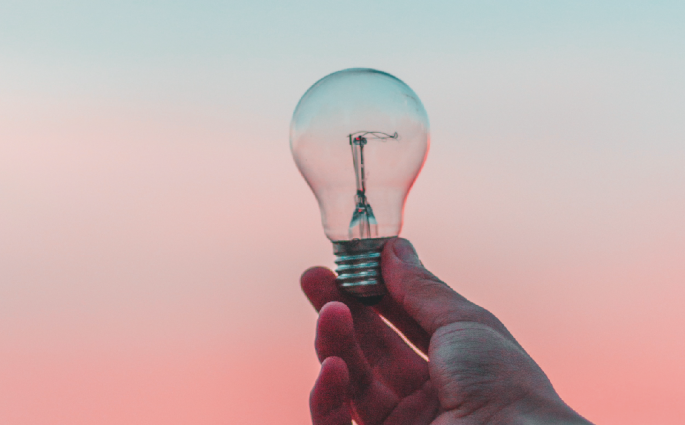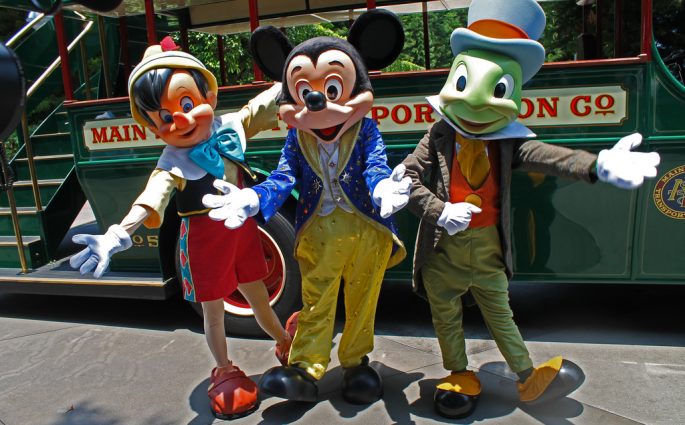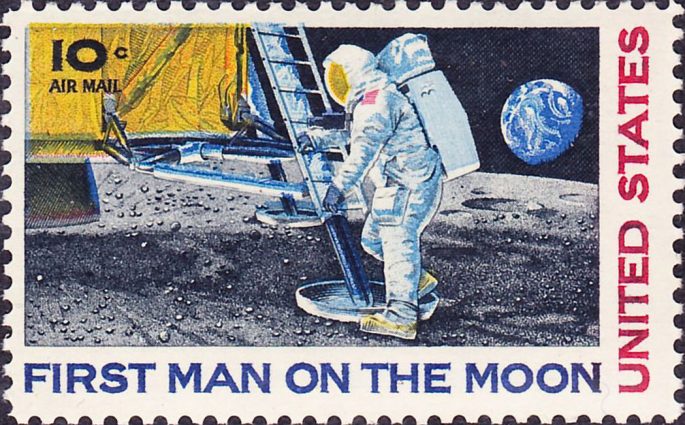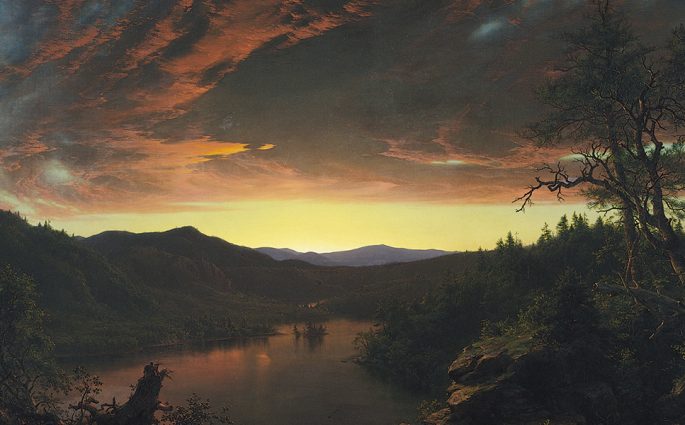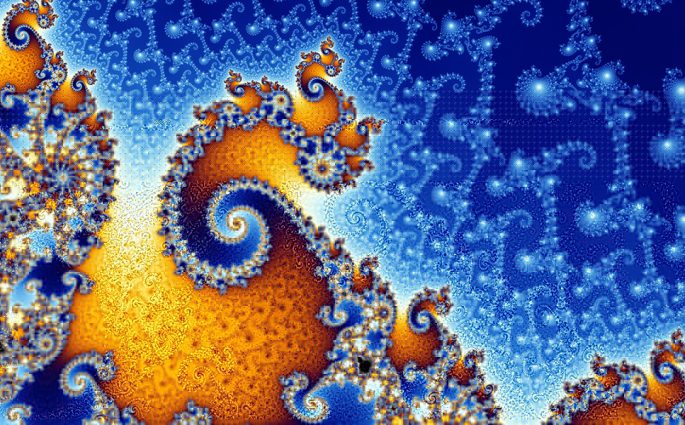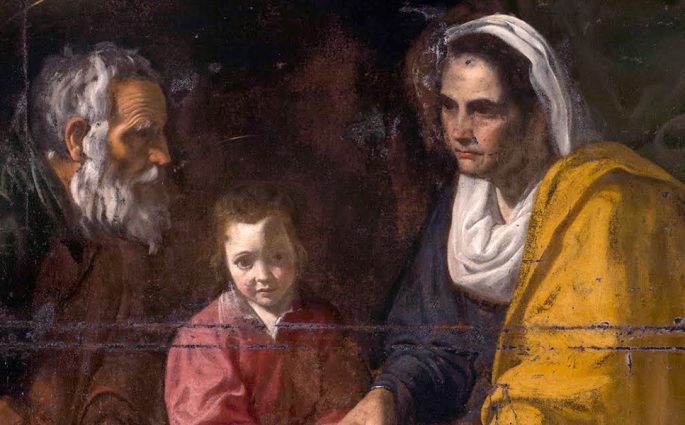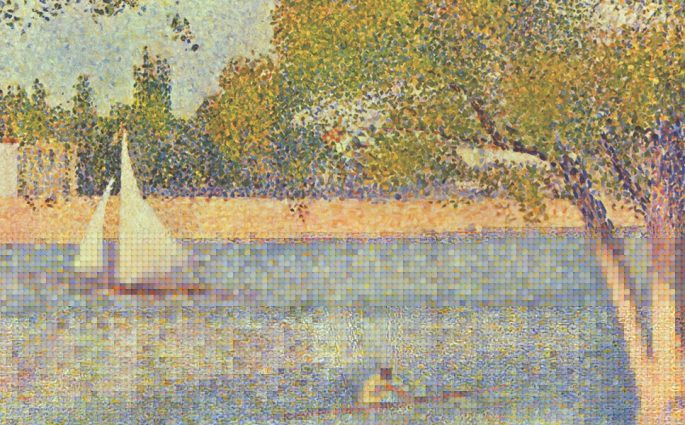The Most Important Fact
John Gribbin— The Universe began. The origin of everything we see about us – stars, planets, galaxies, people – can be traced back to a definite moment in time, 13.8 billion years ago. The ‘ultimate’ question that baffled philosophers, theologians and scientists for millennia has been answered in our lifetime.


